Plate tectonics defines our world, forging and shaping the crust of the Earth as the continental plates smash into, grind, and subduct each other. Most of the volcanoes on our stunningly unique planet are created thanks to activity near the boundaries of these plates, though many of them do form on or near faults as well.
But there are others that defy conventional understanding for how volcanoes should behave, sometimes exhibiting features of shield and stratovolcanoes at once. From super fertile cold lava flows, unusual geological activity, to mysterious volcanoes formed in the middle of deserts, here are 10 of the world’s most unusual volcanoes.
10. Clear Lake Volcano
Located 90 miles north of San Francisco, California, Clear Lake Volcano is particularly odd, since it’s still not quite understood how it could have formed. One theory is that the volcanic field is caused by a gap in the slab of the boundary between North America and the plate off the west coast, but it’s pretty much guesswork on the part of scientists. In fact, most of the potential explanations for this volcanic field’s formation are pretty speculative in nature.
Clear Lake Volcano rests pretty far west of the active volcanoes in the Cascades, and it’s absolutely massive, with a magma chamber that is thought to be as large as 1,400 cubic kilometers. It’s also thought to be at the pre-caldera stage in its evolution, which would make it similar to the supervolcano in Long Valley which rests to the east of Clear Lake.
As if that weren’t enough, the volcano doesn’t sit on a subduction or rift zone, and there isn’t a hotspot in sight beneath the surface. While it does rest at the edge of the San Andreas fault, this still doesn’t really account for the volcano’s formation.
9. Mount Cameroon
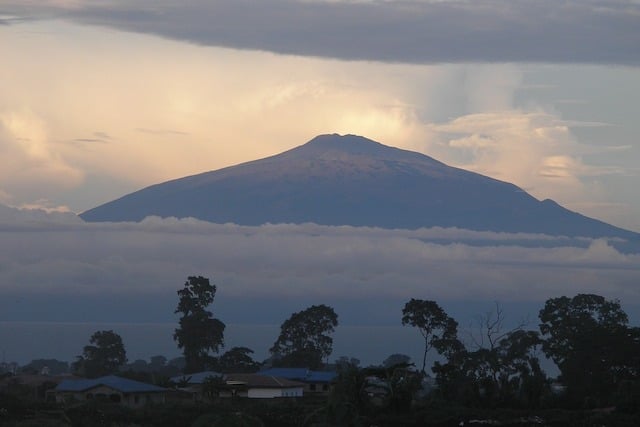
Standing at 4,040 meters above western Cameroon, this volcano is one of the largest that the African continent has to offer. Tropical rainforests border its barren summit. Travelers who find themselves traversing its trails will find themselves subjected to cold temperatures and the occasional dusting of snow.
Although Mount Cameroon doesn’t look too strange from a distance, it’s absolutely ancient (maybe even the oldest active volcano on Earth) dating all the way back to 30 million years ago. The fact that the volcano is still active is a serious curiosity for geologists, as it’s not really known how a volcano that saw its birth during the breakup of the North American and South American continental plates could still be so active, making it especially unusual.
8. Hekla Volcano
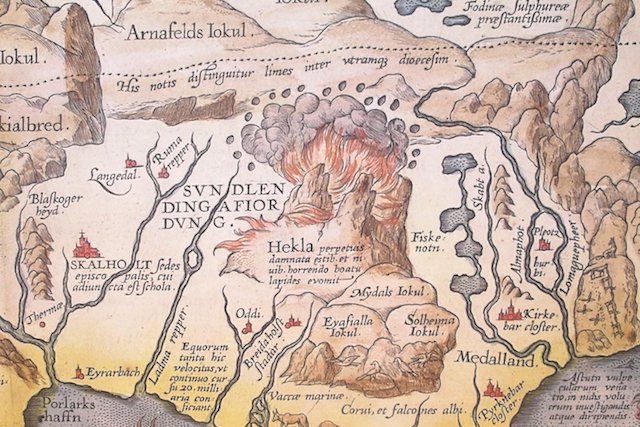
Following a nasty eruption in 1104, Mount Hekla became infamously regarded by Icelanders as the Gateway to Hell. It was even thought at one time that birds flying near the volcano were actually lost souls, and witches were believed to have gathered on the volcano on Easter.
Hekla stands at 1,491 meters; its frequent volcanic activity (20 times in the last 1,000 years) has caused fluorine rich deposits to poison the environment to sheep and other indigenous animals.
Oh, and it also has a bad habit of launching 12-ton lava bombs into the surrounding region, which have been discovered by geologists looking to unlock the secrets of the volcano.
Hekla is more than a bit unusual since most eruptions aren’t accompanied by seismic activity. Hekla’s strangeness does not end there, however, as it seems to behave like a typical shield volcano, but also has characteristics that are only really found in stratovolcanos.
The eruption in 1104 is thought to have been comparable to the 1980 eruption of Mt. Saint Helens, and local geologists are beginning to believe that another eruption could come soon.
7. Mount Teide and Tenerife Island
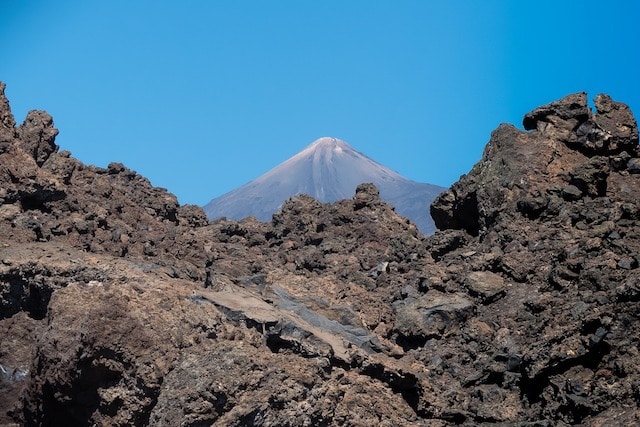
Standing as the third tallest volcano and most voluminous volcano on the planet after Mauna Loa and Mauna Kea in the Hawaiian Islands, Mount Teide is also one of the oldest active volcanoes in the world, clocking in at 12 million years old.
Mount Teide rests on one of the Canary Islands, which are in and of themselves a hotspot for volcanic activity. Though the cause for this activity is well known to be a hotspot, the reason for its formation is unknown. Though a 2012 theory did attempt to explain this by suggesting that edge-driven convection was the root cause, it remains to be seen if this theory holds water.
The comparison with Hawaii’s shield volcanoes is apt because Teide on the island of Tenerife is remarkably similar. It’s thought that it spent the first few million years of its life in a very effusive state, and for some unknown reason, became unusually explosive. The island has seen eruptions of every possible kind and in a range of magnitudes from 0-7, despite the fact that it is a shield volcano. This is quite unusual, as other shield volcanoes don’t behave like this, and while scientists do believe that the reason for Teide’s odd explosive behavior is due to the growth of shallow magma chambers that allow for the evolution of more explosive magma, it’s really not understood why this doesn’t happen in other island shield volcanoes.
6. Lake Taupo, New Zealand
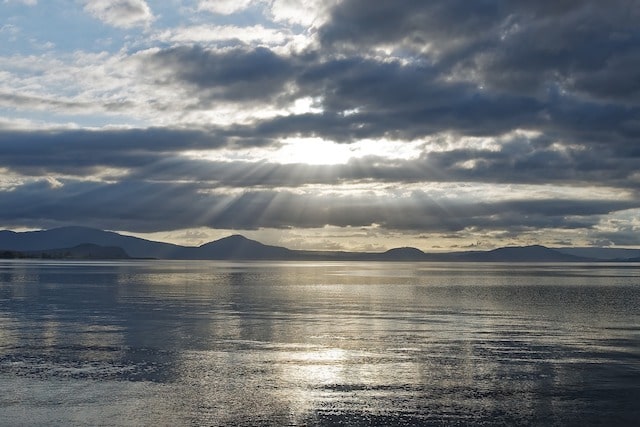
In the center of New Zealand’s North Island rests a lake that forms the caldera for a rhyolitic supervolcano responsible for one of the Earth’s most violent eruptions. Rhyolite is a viscous magma that is rich with silica. If the magma doesn’t contain a high content of gas, then eruptions usually will consist of the formation of a magma dome; if not, however, rhyolite can lead to an extremely violent reaction.
The supervolcano is thought to erupt once every 1,000 years, though considering its recent history, it’s been dormant for an unusually long period of time. The magma chamber is located some six to eight kilometers beneath the surface of the lake. The current caldera was formed some 27,000 years ago. The most recent eruption, however, (known as the Taupo Eruption) happened 1800 years ago and is thought to be the most violent eruption to happen on Earth in the last 5,000 years.
The Taupo Eruption launched an ash plume into the stratosphere, reaching a maximum height of 50 kilometers, and coated all of New Zealand in one centimeter of ash.
So, what makes Lake Taupo so unusual? There are 12 known supervolcanoes on Earth, each of them larger than Mount Tambora. But each of those volcanoes are quite unique, and they’re incredibly hard to spot because they’re so massive that they easily blend into the environment.
5. Emi Koussi
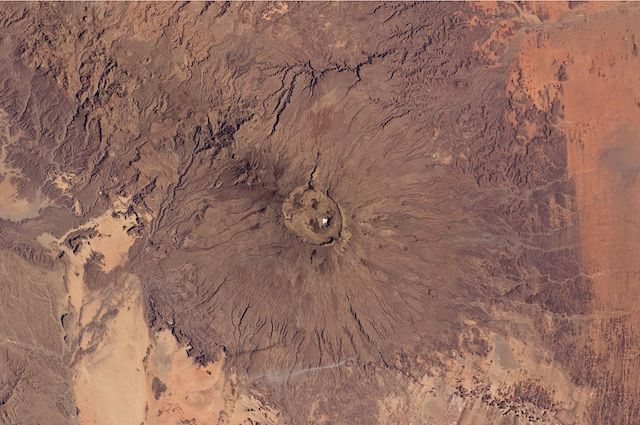
Emi Koussi, when viewed from the air (or photographed from space), looks like something you might see on Mars, rather than Earth. The extinct volcano towers over the Sahara Desert and is one of the few volcanoes (or volcano corpses?) that can be found in such a hot and arid climate.
The strange thing about Emi Koussi is that it doesn’t rest on a rift or even a subduction zone. The most likely explanation for its formation is a hotspot, but one has yet to be found, making this dead volcano a bit of a mystery.
But what makes Emi Koussi even stranger, is the fact that it was a complex volcanic system that sat in the middle of a craton. Cratons are super thick portions of a continental plate, the one which this volcano’s magma plume punched through is at least 130 kilometers thick. Just the existence of this volcano has raised questions as to the mechanics of lava plumes, and how one could be powerful enough to punch through so much material.
4. Ol Doinyo Lengai
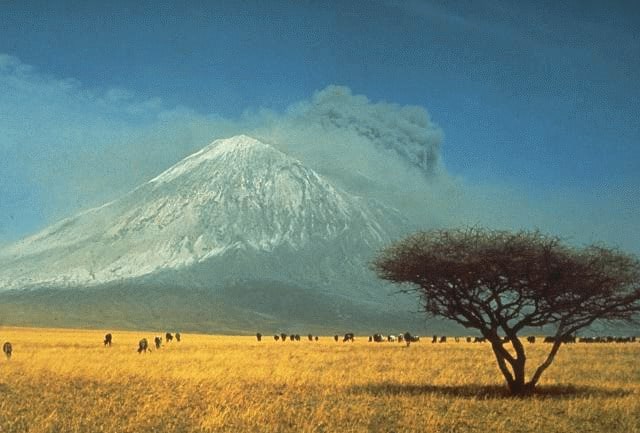
Speaking of volcanoes near or on cratons, Ol Doinyo Lengai (or Mountain of God in the Maasi language) is an extremely active symmetrical stratovolcano. It’s magma is what makes it so odd, because unlike most other volcanoes on Earth (and unlike every other volcano that is part of the African rift valley) it’s much colder than other types of magma. This special magma is called natrocarbonatite lava, and it’s composed of a unique mixture of potassium carbonates and sodium, rather than the typical silicate-based magma found in other volcanoes.
This lava is so cold (only 590 degrees Celsius) that it actually appears completely black in direct sunlight. The lavas produced here are very unstable, usually turning into a grey, almost concrete-like material in no time at all after an eruption and resulting in one of the most unique landscapes on the planet. The magma is also extremely fertile, so, while the magma flows typically block tree roots from taking form, the land is blanketed with grasslands.
But why does Ol Doinyo Lengai possess such rare and unique and fertile magma? Well, since it sits on the edge of the Tanzanian Craton, scientists believe that the magma plume deep beneath the Earth mixes with the minerals of the craton.
3. Lake Toba, Indonesia
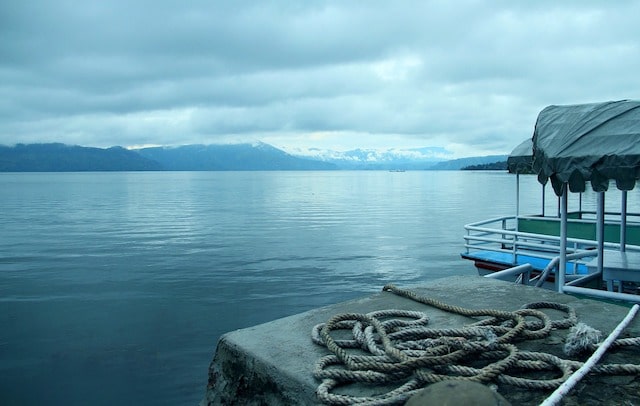
Lake Toba is the site of the world’s largest Quaternary caldera, measuring 35 by 100 kilometers wide. Supervolcanoes are extremely unique hotspots for geological activity, and Toba is no exception to this. It was formed 1.2 million years ago during the major Pleistocene age and features ignimbrite-producing eruptions. The unique, elongated shape of the caldera is thought to be the result of the magma chamber interacting with the Sumatran Fault along the west.
But perhaps the oddest thing about the supervolcano is the fact that there’s an island in the middle of the caldera (or the lake). Geologists think that after the last supervolcanic eruption took place some 70,000 years ago, something happened to the old magma chamber, causing the ground to be pushed up. It’s not clear whether this is because older magma was “reactivated” or by some other mechanism, but the floor of the magma chamber was pushed up so far, that it actually breaks above water level, forming Samosir Island.
2. California Long Valley Supervolcano
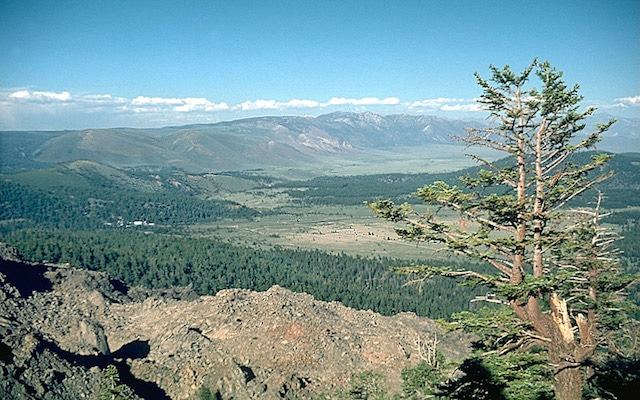
More than 1,000 cubic kilometers of magma flow beneath the state of California, forming the Long Valley supervolcano. It’s one of the largest supervolcanoes on Earth, but it’s been dormant for nearly 100,000 years.
Unlike the previous two supervolcanos on this list, Long Valley Caldera is not a lake, but rather a massive depression running adjacent to Mammoth Mountain in Eastern California. It’s thought that the current caldera was formed in a gargantuan eruption that took place 760,000 years ago, which launched 583 cubic kilometers of material from the supervolcano.
If such an eruption were to happen today, it would be measured as being 500 times more devastating than Mount St. Helens was, which released 1.20 cubic kilometers of material. And if all 1,000 cubic kilometers of material were to erupt, the explosion would be 800 times more powerful than Mount St. Helens.
1. Yellowstone
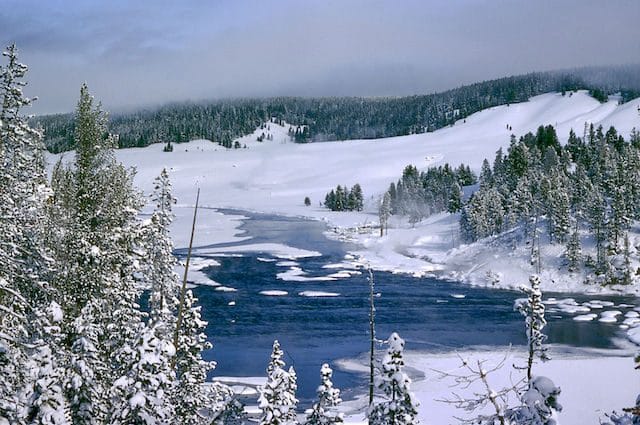
The hydrothermal system of the Yellowstone Caldera is truly unique, no other volcanic system in the world shares similarities with it—resulting in one of the most stunning geological features on the planet. While other volcanoes do feature geysers and hot springs, but no other volcano has the sheer volume of them that Yellowstone does.
It’s also the only supervolcano that’s formed by a hotspot, as the others mostly sit within subduction zones.
One mystery surrounding Yellowstone is how and why it went from producing mostly flood basalt eruptions to caldera forming explosive super eruptions.
The caldera itself measures 55 by 72 kilometers wide, and the last major super eruption occurred some 640,000 years ago. This eruption would have been between 700 and 2,500 times more powerful than Mount St. Helens was.
While there’s a lot of media hype and conspiracy theorists are quick to claim that any uptick of activity at Yellowstone are signs of impending doom, scientists don’t think it’s going to erupt any time soon. Though it is intriguing that earthquake activity in Yellowstone has seen a gradual increase over the years, and ground swelling occurred at a rate of 14.22 centimeters from 2013 to 2015.